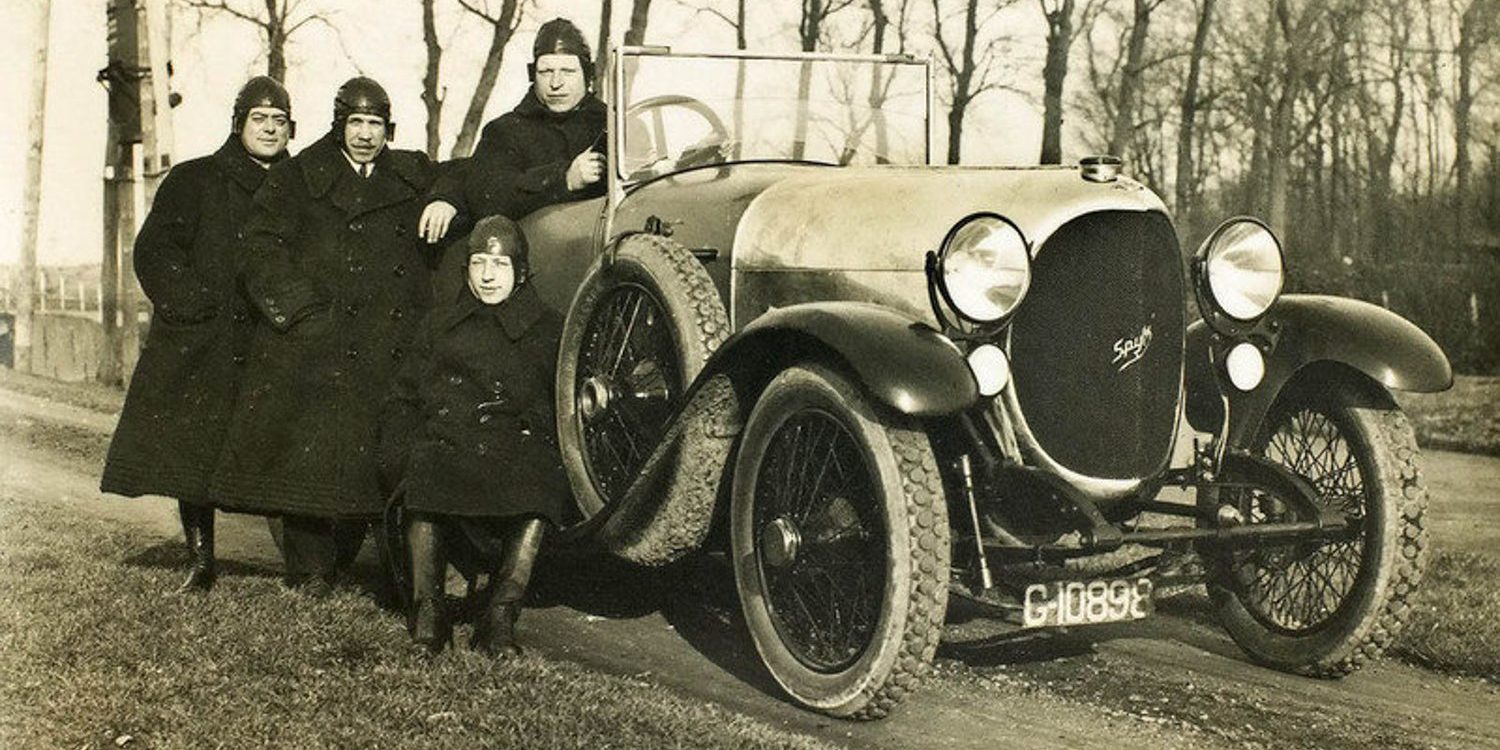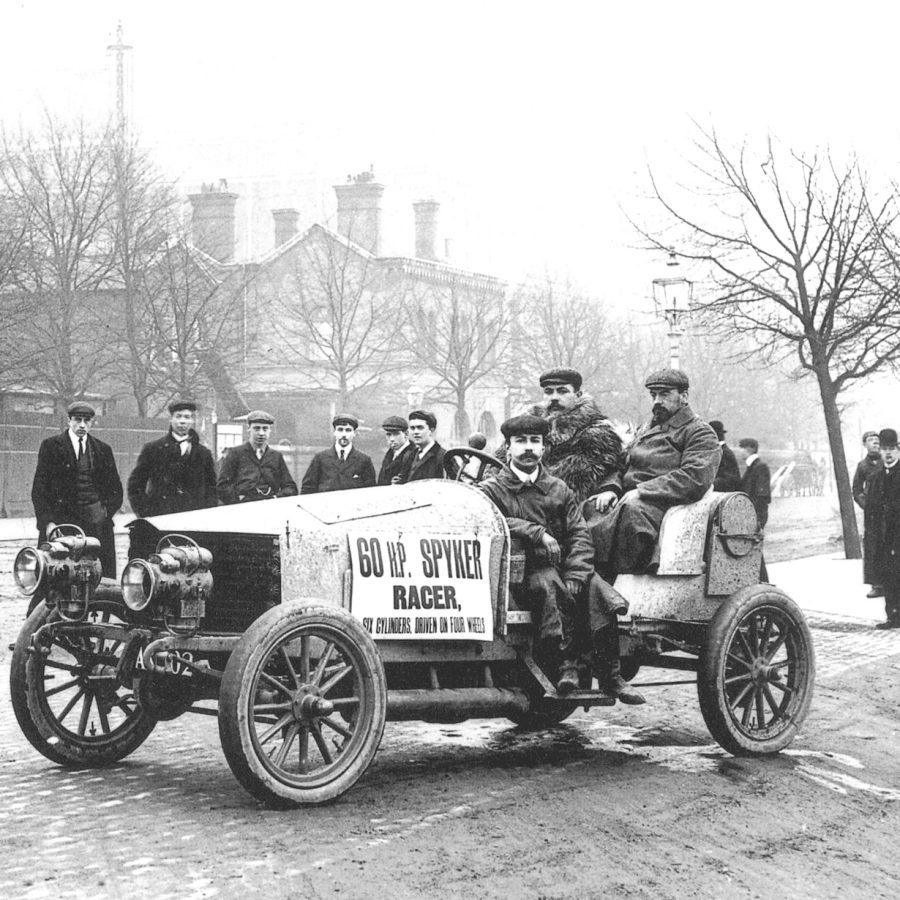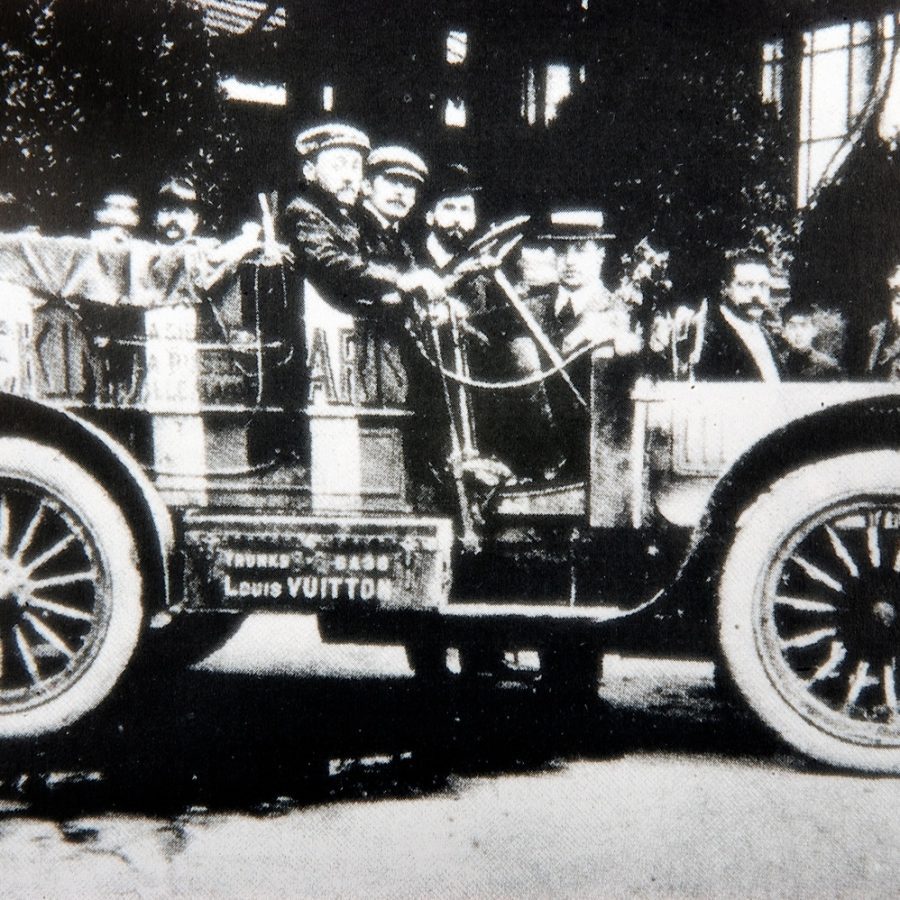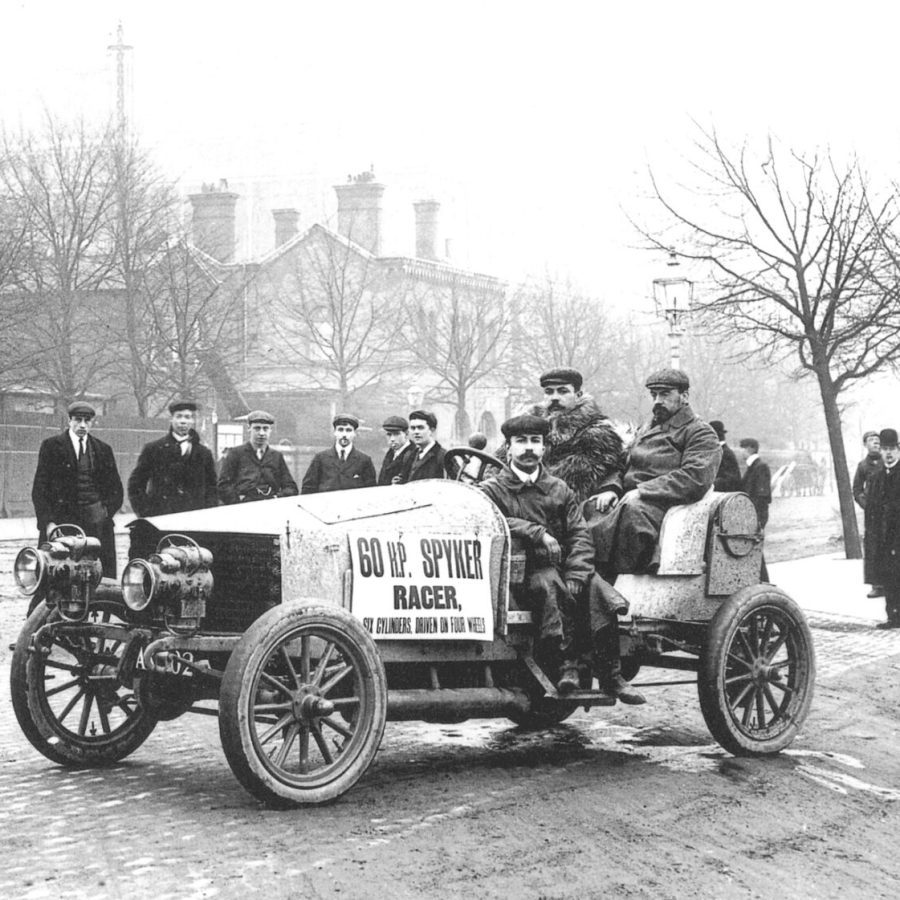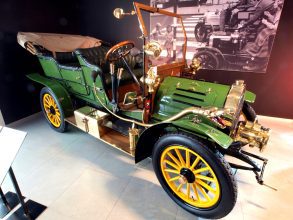
Spyker
Research, Models, History, Reviews, Media & More
Spyker: The Legacy of Dutch Automotive Innovation
Spyker is a storied name in the automotive world, known for its rich history, innovative engineering, and unique design philosophy. Founded in 1880 by brothers Jacobus and Hendrik-Jan Spijker, the company originally began as a coachbuilder before transitioning into the burgeoning automotive industry. Over the years, Spyker has been associated with luxury, craftsmanship, and a pioneering spirit. This article delves into the fascinating history of Spyker, from its inception in the 19th century to its modern revival as a luxury sports car manufacturer.
Origins and Early Innovations
The Spijker brothers established their company in Hilversum, Netherlands, initially focusing on building horse-drawn carriages. Their craftsmanship and attention to detail quickly gained them a reputation for quality. In 1898, the brothers made a significant transition into the automotive industry by building their first motorcar, the "Golden Coach," which was a specially commissioned vehicle for the Dutch royal family.
This marked the beginning of Spyker's journey into automobile manufacturing. The company quickly gained recognition for its innovative designs and engineering prowess. One of their early achievements was the introduction of the world's first six-cylinder engine in a car, the Spyker 60 HP, in 1903. This model also featured a four-wheel drive and four-wheel brakes, both of which were groundbreaking innovations at the time.
The Aviation Connection
Spyker's involvement in aviation is a notable aspect of its history. During World War I, the company shifted its focus to producing aircraft engines and airplanes, including the famous Spyker V.2, a two-seater fighter plane. This period marked a diversification for Spyker, demonstrating its engineering capabilities beyond the automotive sector.
The company's aviation background influenced the design of its cars, a legacy that continued into the modern era. This influence is evident in features like the propeller-inspired logo and the meticulous attention to detail in the craftsmanship of their vehicles.
Post-War Challenges and Decline
After World War I, Spyker faced financial difficulties as the demand for luxury automobiles declined. The company struggled to compete with larger manufacturers, and despite their innovative engineering, they couldn't sustain profitability. In 1922, the company went bankrupt, and in 1926, Spyker ceased operations altogether.
The demise of Spyker left a legacy of innovative engineering and luxury that would not be forgotten. The brand became a symbol of Dutch ingenuity and craftsmanship, remembered for its pioneering contributions to both automotive and aviation industries.
The Modern Revival: Spyker Cars
In 1999, the Spyker brand was revived by Victor Muller, a Dutch entrepreneur and car enthusiast. The new company, Spyker Cars, aimed to bring the brand's legacy of luxury and innovation into the modern era. Muller, along with co-founder Maarten de Bruijn, sought to create exclusive, handcrafted sports cars that would embody the same spirit of craftsmanship and engineering excellence as the original Spyker vehicles. Read more here about the modern Spyker Cars.
Spyker Company Basics
Founded: 1880
Founder: Jacobus and Hendrik-Jan Spijker
Defunct: 1926
Fate: Bankruptcy
Headquarters: Netherlands
Products: Hand-built coaches, carriages, cars and airplanes
Did You Know
Spyker was founded by Dutch brothers Jacobus and Hendrik-Jan Spijker. The company name "Spyker" is the anglicized version of their last name "Spijker," which means "nail" or "spike" in Dutch.
Before venturing into automobiles, Spyker initially gained fame as a coachbuilder. They built the luxurious "Golden Coach" for the Dutch royal family in 1898.
In 1903, Spyker introduced the 60 HP, the world’s first car with a six-cylinder engine. This car also featured full-time four-wheel drive and four-wheel brakes.
During World War I, Spyker shifted its production focus to aircraft engines and airplanes. This experience significantly influenced their later automobile designs, which often featured aeronautical elements.
Besides producing luxury cars, Spyker was involved in aircraft manufacturing. They produced the Spyker V.2, a two-seater fighter plane during World War I.
Spyker was active in motorsport early on. The company participated in endurance races, such as the 1907 Peking to Paris race.


